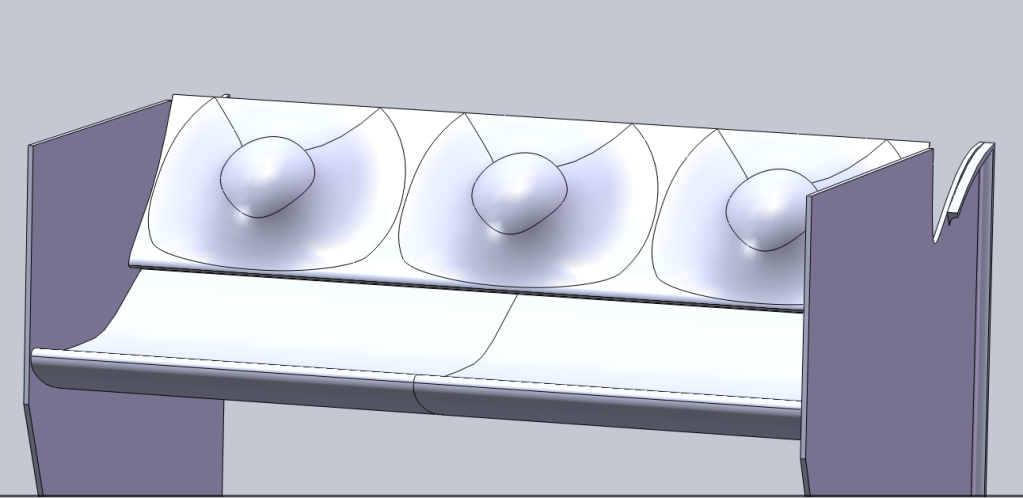Just_a_fan wrote:I think there's a 100mm minimum radius requirement for rear wing elements so I doubt it'd be legal.
yes, the element has to have a 100mm radius, but there is no mention of "attached bubbles" or not being able to have bubbles on the wing. I like pushing the regulations, its how this sport works, so I would have to say that this is 100% legal. Nothing says you cant attach bubbles to the rear wing, and as long as the wing has a radius of 100mm i think this would (and should, imo ) pass the test.




